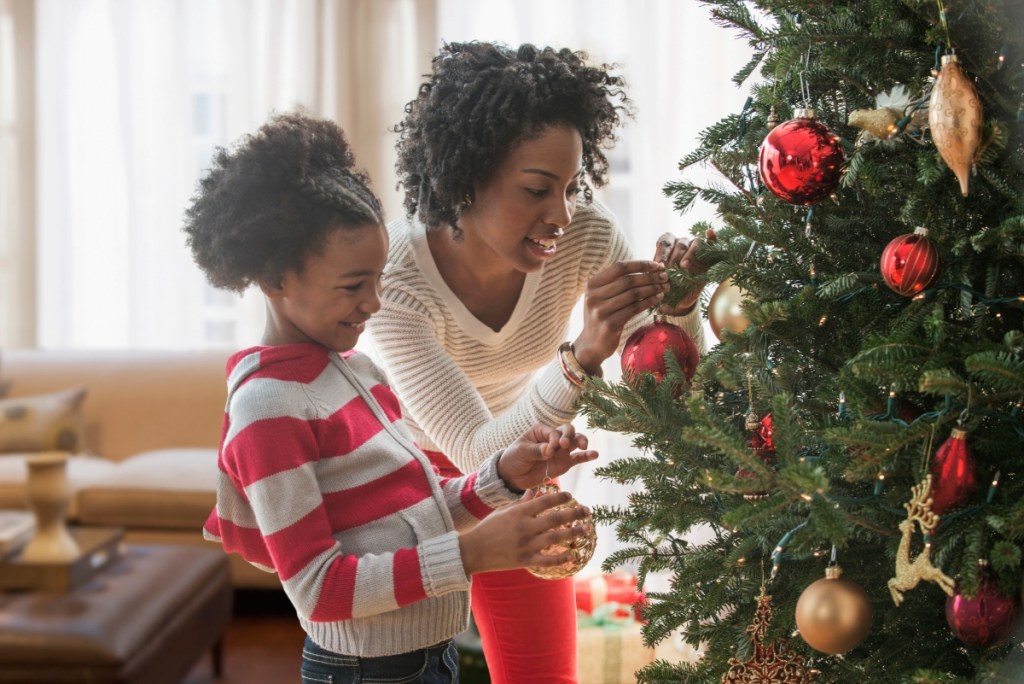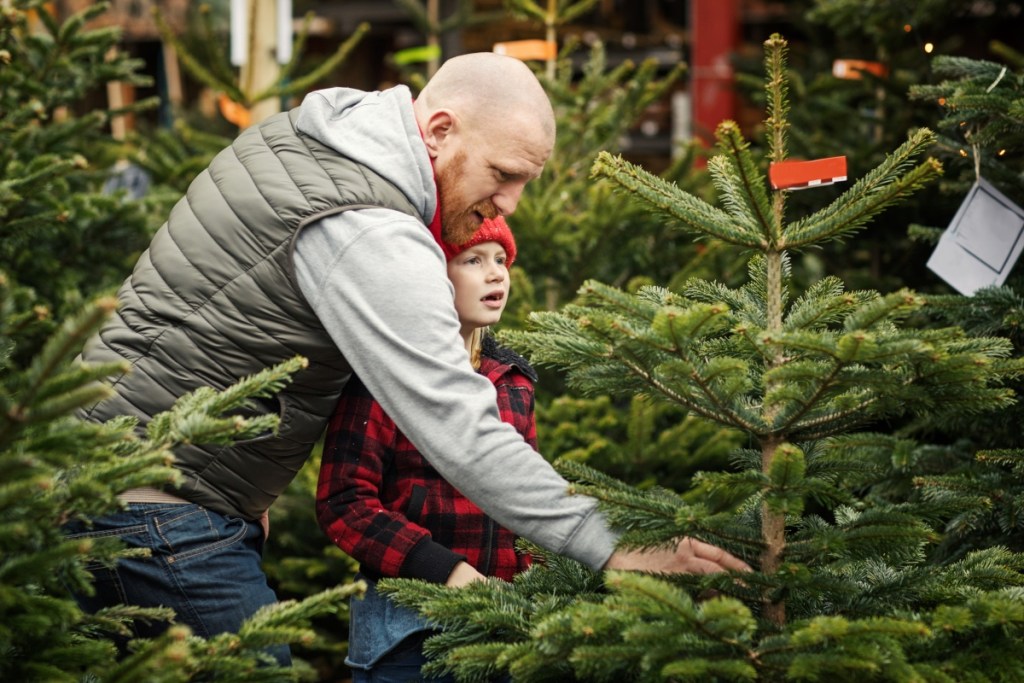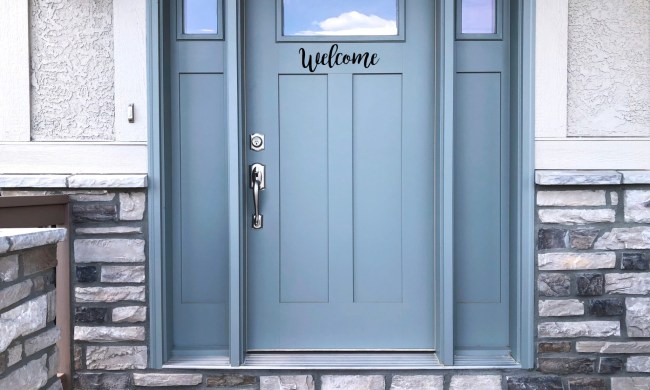Christmas is quickly approaching, and now is the best time to get a tree to decorate for the holiday season. With so many options to choose from, picking a Christmas tree to adorn your home can be overwhelming. How do you know which tree is right for you? Should you opt for a faux evergreen or a live tree?
In this article, we’ll break down the key differences between artificial and real Christmas trees, considering cost, sustainability, and ease so you can select a tree that will best suit your family and lifestyle.

Is a faux Christmas tree right for you?
A popular choice for many homeowners is the faux Christmas tree, often made with small plastic materials to imitate the look of a real tree. If you’re thinking of purchasing an artificial tree this year, here are a few things you should consider.
Save money next year
With an artificial Christmas tree, you can save money in the long run. Faux Christmas trees have a hefty upfront cost, often averaging around $200 or more for a large, realistic tree. However, you can easily box them up and put them away at the end of the season, until the next time Christmas rolls around. If properly taken care of, fake Christmas trees can last for years, meaning you have one less expense to consider during the holiday season.
Lighting can be included
Stringing lights around your tree can be time-consuming, and the illumination can draw attention to any barren or patchy parts of the tree. If you opt for a fake Christmas tree, consider purchasing one with in-tree lighting. You can opt for yellow, colored, or blue lights with most trees. If you have your own string of lights, you can always purchase a non-lit tree.
Plenty of design options
Do you want a white tree? A natural-looking evergreen? Maybe you prefer a pink miniature tree? Or a tree with faux snow? Fake Christmas trees have an abundance of styles, shapes, and colors to choose from, meaning you can get one that matches your personality and design style.
Great for families that need ease around the holidays
Fake Christmas trees are low-maintenance. While live trees can wither, lose leaves, leak sap, and need frequent watering to survive, fake Christmas trees only require initial setup. After you’ve put up the tree, you can sit back and relax for the holidays. For busy families, it’s not always possible to put in the extra care for a live tree. Additionally, if you have pets, a live tree can cause irritation and sometimes illness if they consume the sap or leaves. Since fake Christmas trees are made of artificial materials, they are pet-friendly and kid-safe.

Is a real Christmas tree what you need this season?
Some people prefer the authenticity and natural appeal of real trees. If you’re considering getting a real tree for your home, here is what you should know.
An affordable option upfront
Real Christmas trees tend to be more affordable upfront. Often, real trees are grown and shipped locally, so there is less cost in production and transportation. On average, Christmas trees can range from $50-$150 depending on where the tree is purchased and its size. While you will have to buy another tree each year, people who are wary of high upfront costs might prefer this inexpensive option.
Handpick your tree
Real trees can become whatever you want them to be however you want. If you go to a tree farm or local outdoor store, you can find the perfect tree for your home whether you want big or small, bushy or skinny, and sparse or full.
Get an authentic look
The natural pine smell, the feel of live leaves, and the captivating presence of such a large plant can be a gorgeous addition to your holiday decor. There is something truly magical about hiking through the snow at your local tree farm to select the perfect tree for your home. It’s a family adventure that can be loads of fun for those who want to add a new holiday tradition to their lives.
More sustainable for the environment
Fake Christmas trees require lots of carbon emissions to be manufactured, shipped overseas, and moved to storefronts. However, real trees skip this process altogether. Often grown and transported locally, it’s a more sustainable solution. As long as you bought a tree with the roots still intact, you can also replant it in your yard. If you cut it down, you can allow the tree to biodegrade elsewhere — fake trees are made of small plastics that will sit in landfills for decades. However, if you keep your artificial tree for a long enough time — between eight and 20 years — its carbon footprint will be reduced.
When deciding between real and artificial Christmas trees, it’s important to consider what will work best for you and your family. Sometimes, you don’t have a choice: An allergy makes the decision for you. If that’s not the case, you need to consider other factors: Do you need a tree that is low-maintenance and pet-friendly? Or is sustainability of high priority for your household? Whatever your situation, both options are amazing and will look stunning in your home this holiday season.



